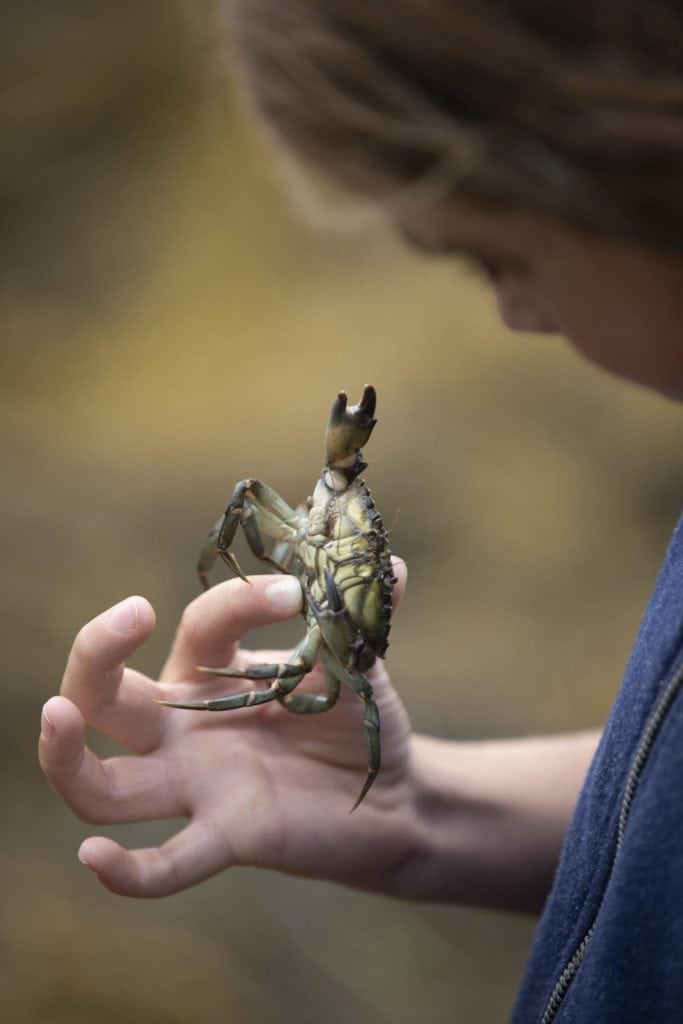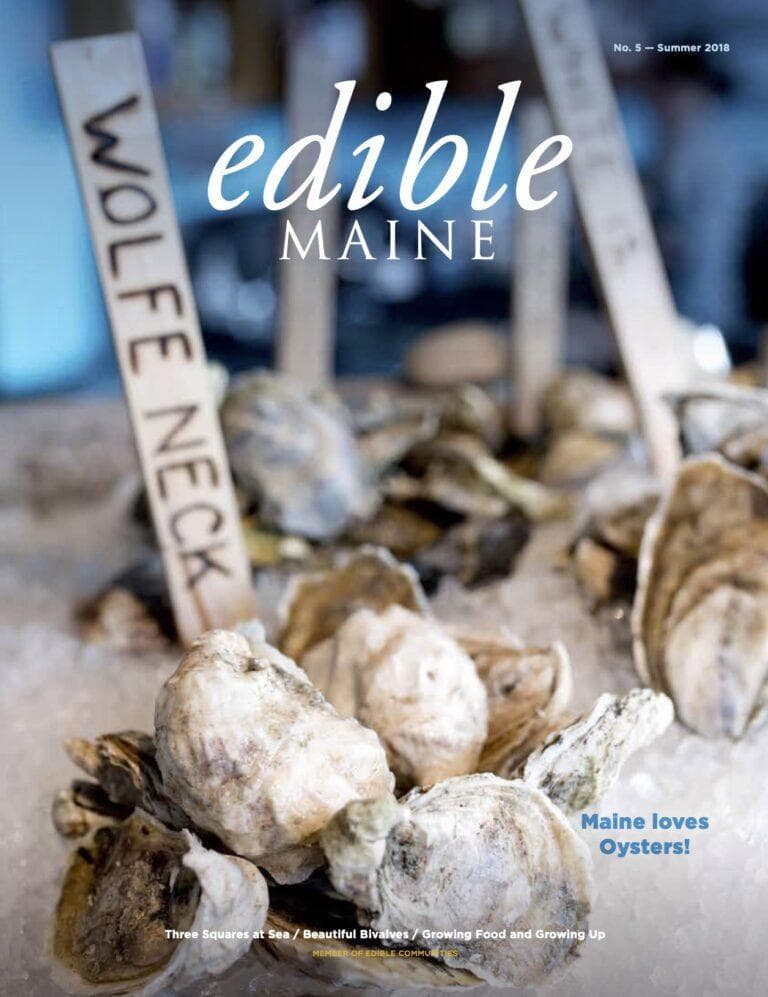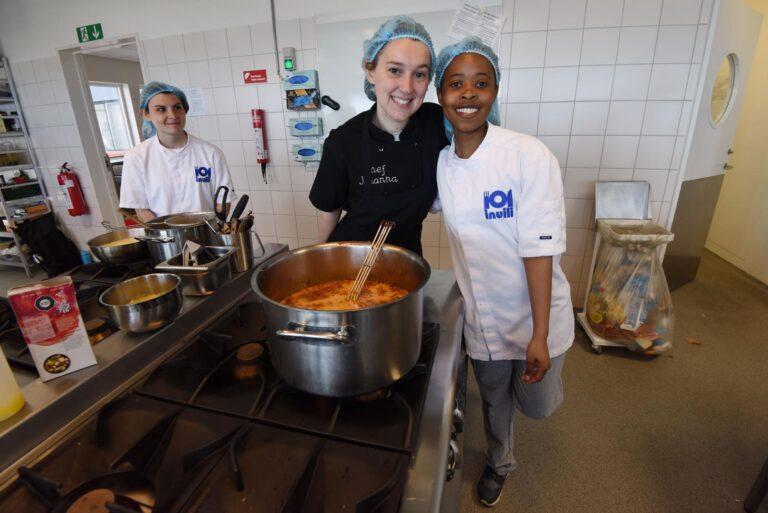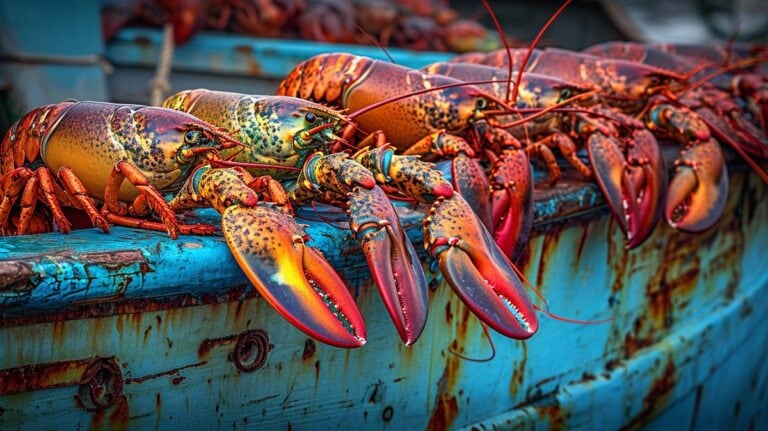Scientists at the University of Maine are working to turn the invasive green crabs wreaking havoc on the state’s shellfish populations into a golden elixir that, though funky smelling, turns almost any savory dish into an umami bomb. We’re talking about fish sauce, possibly the first ever to be made in the United States using a local seafood source.
Food scientists Denise Skonberg and Jennifer Perry have mixed hundreds of pounds of frozen green crab carcasses (some whole, some minced, some shells only) with salt and sometimes a microbial culture or two. They stuffed the mixtures into fermenting crocks, stored them at varying ambient temperatures, and are now awaiting conclusive results.
Turns out the target flavor profile for fish sauce—which is most widely used in Southeast Asian cuisine but also has roots in ancient Rome, where it was called “garum”—is a moving one. Fish sauces vary in color, flavor and sweetness, and microbiology. Here, the natural microfauna found on the green crabs living in the Gulf of Maine will work with the microbial cultures to cure the fermenting proteins into a high-end fish sauce unique to Maine.

But at this juncture—about nine months into the project, funded by a $83,000 grant from Maine Sea Grant—it’s hard to tell exactly how this new creation might differ in taste from other commercial fish sauces.
“No one really [willingly] sits around and sips fish sauce” to assess the nuances like they do with fine wine or grades of maple syrup, says Dr. Perry. It’s potent stuff that is best diluted with water and mixed with sugar and lime juice to round out its musky saltiness. In the spring, though, the team plans to reach out to Maine chefs to have them try test the sauce before bottling it as a specialty product within the next year.













